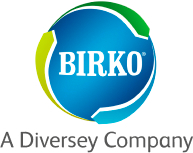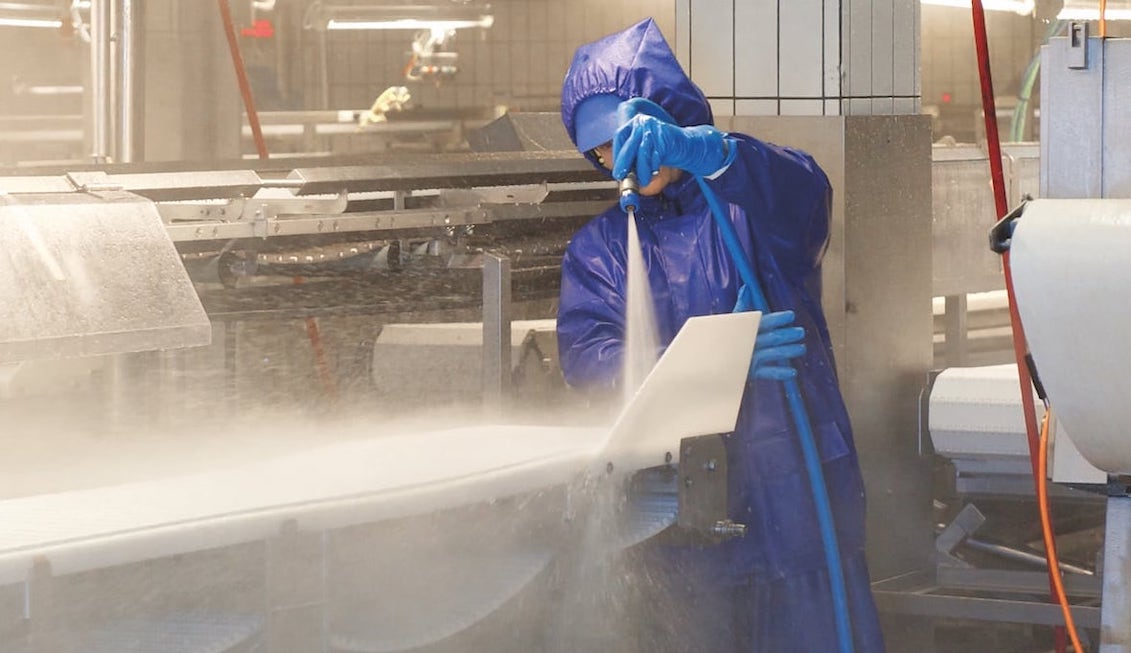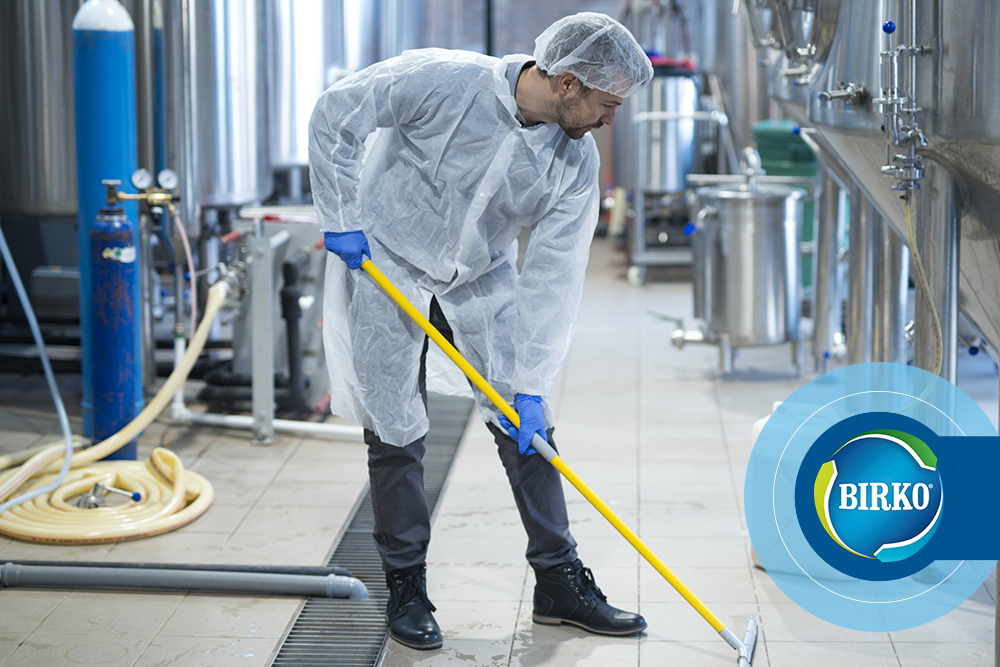Sanitation in a Ready-To-Eat Prepared Foods facility must be executed in a flawless manner to create an optimum sanitary state for processing.
In my travels to numerous RTE operations, I have observed that a lack of sanitary design still plagues many RTE facilitates and greatly hinders sanitation efforts. One major issue that is starring many of us in the eyes on zone 1 surfaces, is the continued frequent use of interlock belting for conveying open unpackaged RTE product in post-lethality areas, such packaging departments.
Interlock belting has too many hinge/pin points that provide a niche for soils to accumulate and can become harborage points for microbes. I have collected 1,000’s of ATP swabs from this style belting and have found that they very often have a high failure rate. It is possible to mitigate the risk from these non-hygienic belts with spray bars and/or by removing belts for soak cleaning and sanitizing. These steps, however, take time, labor, extra water and additional chemicals to complete, which is not always feasible on a daily basis.
Our best practice recommendation for sanitary design is to use solid, welded seam, thermoplastic belting for moving unpackaged RTE product. There are no niches, they are easier to clean, and can be cleaned effectively using less water, less chemical, in a shorter amount of time. These solid belts are readily cleaned in place, reducing or eliminating the need for time-consuming, expensive removal and soaking. The swabs that I have collected from thermoplastic belting consistently show a trend of far lower ATP readings.
We, in the Food Safety Industry, must drive sanitary design improvements further even on zone 1 surfaces.








